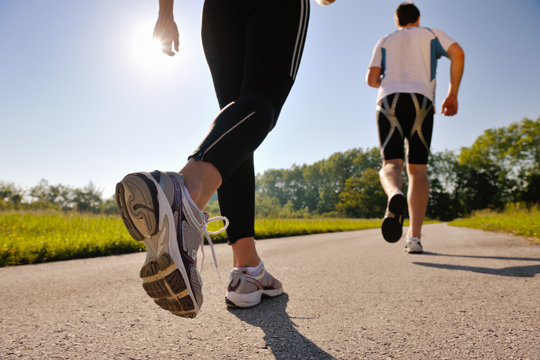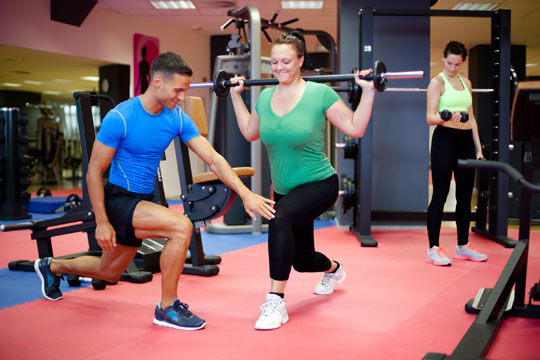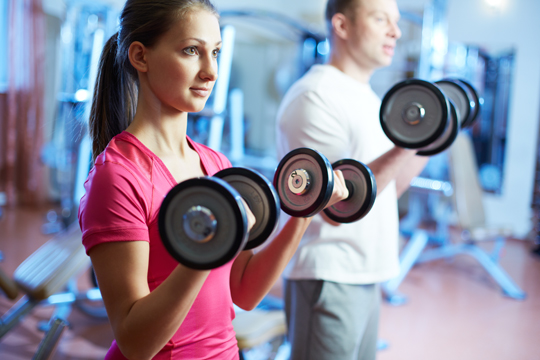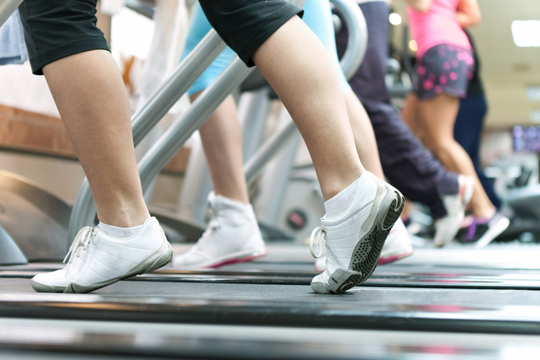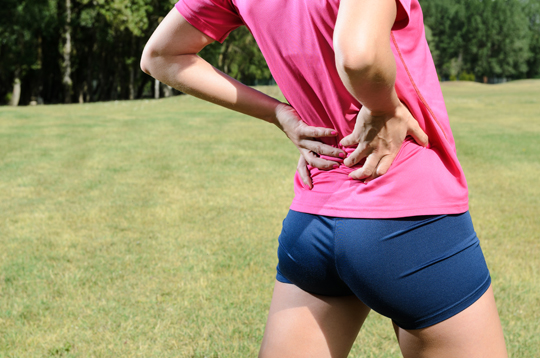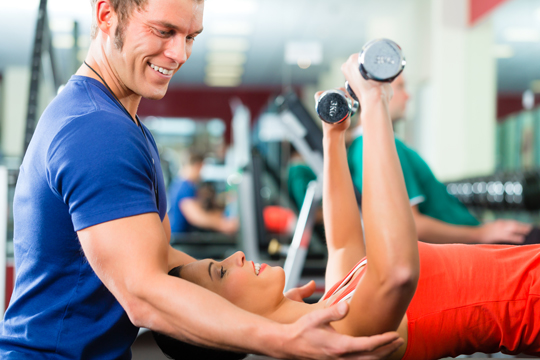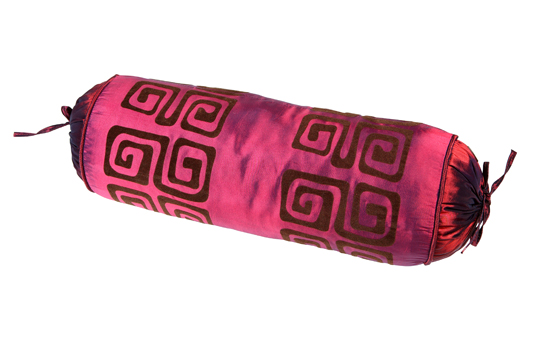Choosing the best running shoe is not as easy as walking in the store and picking the shoe with the most expensive logo stitched on the side. Your choice should depend on the type of running you do, the shape of your feet and even the way your feet react during a run. A personal trainer can certainly provide some insight, but here are some things to keep in mind when choosing the best running shoe.
Size
It is important to buy a shoe that fits. This might seem obvious, but many people end up buying shoes that are too small or too large without even realizing it. It is best to try the shoe on in the store if you aren’t sure of how the sizes run.
Many shoe stores offer Brannock devices to measure the toe to heel size as well as foot width. This will tell you what letter (indicating the width) of shoe would suit you. It is also a good idea to try on shoes at the end of the day. Feet tend to swell slightly as the day progresses. It is best to try on shoes when your feet are at their largest so that you can ensure the shoe will not be too tight later.
Arch
The arch of your foot greatly impacts the shoe you need. Those with flat feet need more arch support than those with normal or high arches. If your shoe is not supporting your feet correctly it can affect more than your feet. Unsupported arches can cause pain in the legs, back, and hips.
Pronation
This is a fancy word for the amount your foot rotates when running. A natural run causes the foot to hit the heel first and then rotates slightly inward in order to act as a natural shock absorber. Some runners overpronate or supinate (roll outward). Those who overpronate need stiffer sides and a straight last. A last is the shape the shoe makes in its imprint or the bottom shape of the shoe. A straight last will prevent the foot from rolling too far inward. A supinator needs a curved last. This will help encourage the foot to rotate more inward.
Location
Do you run trails, roads or on a treadmill? Location is an important factor when choosing the best running shoe. Trail shoes provide more traction and support for uneven surfaces than road/treadmill shoes. Road shoes provide support for repetitive pounding on hard, even surfaces. They work well on a treadmill for this reason.
Overwhelmed? Let Us help!
It’s clear there are many factors to consider when buying running shoes. If you are serious about making running part of your fitness routine, TalkLocal can help get you in touch with a fitness professional or personal trainer that can help you find the right running shoe. Our service is free, fast, and easy.

